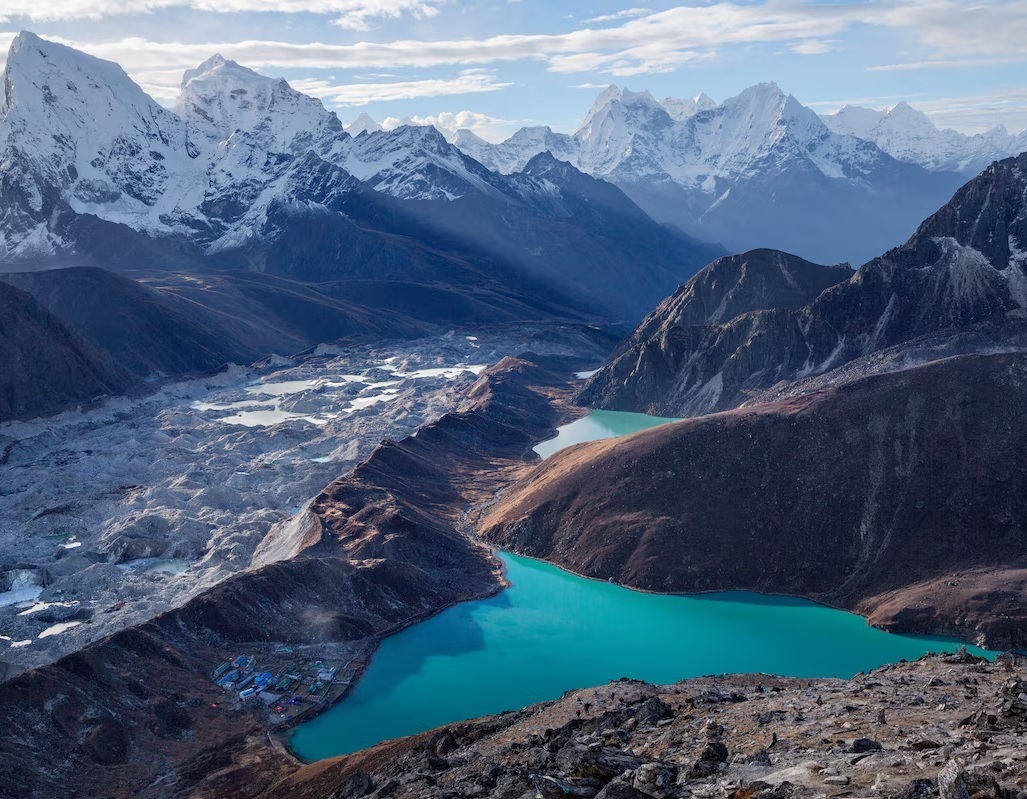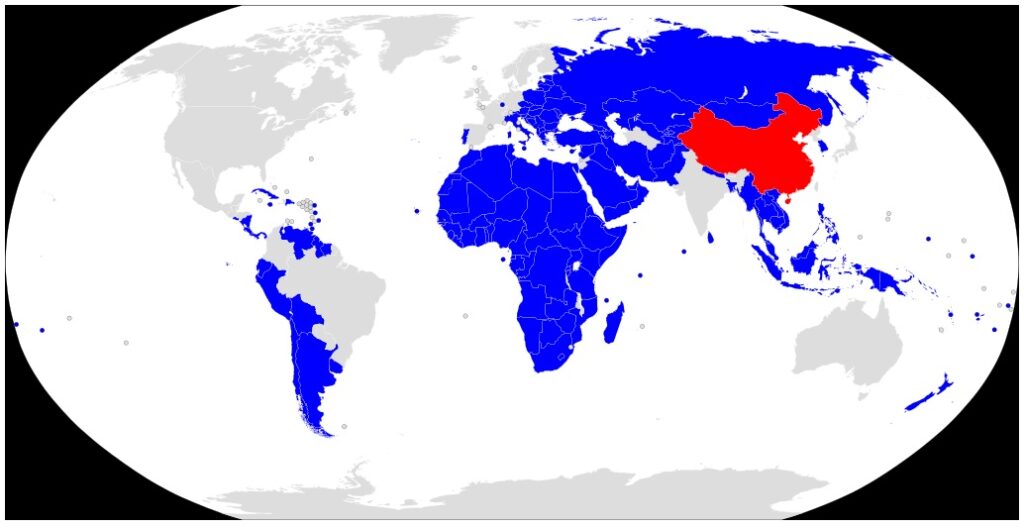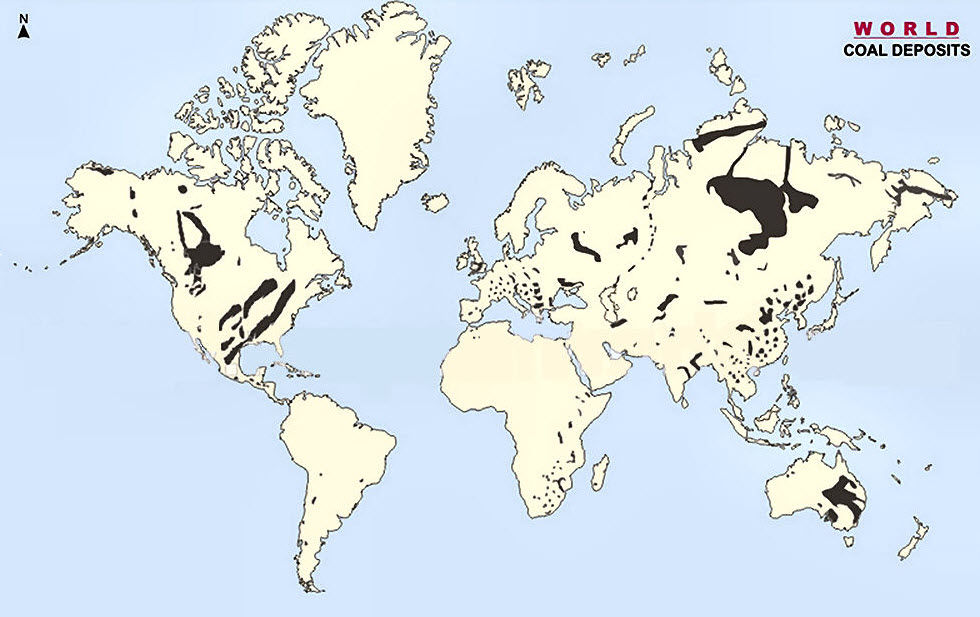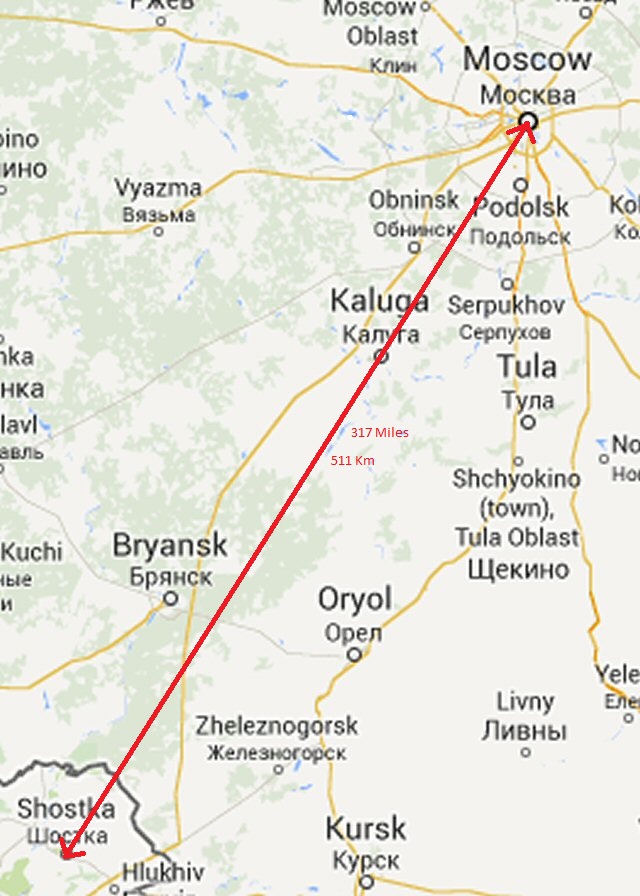The facts have ominous overtones. As of the end of 2020 proven crude oil reserves in the U.S. amounted to 38.2 billion barrels, or about 4.89 times annual consumption. Thus, excluding unproven reserves and imports, the U.S. has about 5 years left of domestic oil at current consumption levels. In addition, by some estimates, the world’s proven oil reserves will last approximately 45 to 50 years Currently the world’s top five oil consuming nations are the United States, China, India, Japan, and Russia. Of these, only the latter has domestic reserves to meet its fuel needs. To answer the question that Rep. Tlaib did not ask at the hearing, the largest proven oil reserves are in Venezuela, the Persian Gulf and Canada. Thus, as long as the world remains addicted to oil, competition among the top oil consuming nations for a guaranteed right of priority to these dwindling reserves will only get more intense.
The Ukrainian Crisis II
January 9, 2022
Background
- On December 7, 2021 (Pearl Harbor Day) the White House released a readout of the video call between Presidents Biden and Putin.
- On December 15, 2021 Presidents Putin and Xi reportedly cemented ties between Russia and China. According to the Kremlin, the latter backed Russia’s push for security guarantees in the Ukraine.
- On December 30, 2021, in a 50-minute phone call, Presidents Biden and Putin reportedly exchanged warnings over the crisis in the Ukraine.
As can be expected, no unredacted transcripts of these conversations were made public, therefore it is useless to speculate as to what was omitted from the official disclosures. However, the sequence of conversations is reminiscent of, and as ominous as, the feverish negotiations that took place in July 1914 as the Great Powers attempted, without success, to halt the automatic series of events that unleashed a devastating pivotal war between two sets of alliances that, among other things, broke up the Austro-Hungarian, Russian and Turkish Empires, set the stage for the rise of Hitler, led to the subsequent demise of the British and French Empires, the temporary partition of Germany, the demise of the Soviet Union, and an American economic and military hegemony now being challenged by a rising China. On that occasion, it should be remembered, the Kaiser gave Austria-Hungary what became known as a “blank check” to, essentially, wage war on Serbia as retribution for the assassination of the Archduke Franz Ferdinand.
Although the public does not know exactly what Presidents Putin and Xi said to each other, the sequence of the three phone calls is not exactly a harbinger of optimism for a quick, peaceable settlement of the Ukrainian crisis. Of particular interest is the fact that it was President Putin who requested the second call with President Biden, and it took place two weeks after the former’s conversation with President Xi.
On January 10, 2022, long-awaited talks in Geneva between the U.S. and Russia over the Ukrainian crisis are scheduled to begin. At issue is a Russian demand/ultimatum for a guarantee that the Ukraine will never joint NATO and, essentially, to roll back the military balance in Eastern Europe to what it was just after the dissolution of the Soviet Union. More specifically, that NATO in general, and the United States in particular, make good on a verbal promise made to Gorbachev’s regime that NATO would not expand into the former Warsaw Pact countries. In addition, President Putin has publicly demanded quick compliance with the ultimatum. NATO and the U.S. have publicly rejected both demands. They justify their position by saying that NATO is defensive in nature and that the Ukraine cannot be forced to make decisions “with a gun pointed to its head,” presumably a reference to the tens of thousands of Russian troops presently deployed along their common border. Inversely, Russia views the alliance, which was set up to counter communism and the now defunct Soviet Union, as a hostile entity, and that Ukrainian membership in NATO would by default point a gun to Russia’s head –Moscow.
Point and Counterpoint
The United States has ruled out putting American combat troops in the Ukraine to counter a possible Russian invasion. However, buoyed by British and German backing, it has promised unprecedented retribution on Russia should the latter decide to attack the Ukraine. For its part, Russia says there will be no concessions on its demands. Presumably this implies that the pain of any retributions the U.S. and NATO can bring to bear on Russia will be less than tolerating Ukrainian membership in NATO. And so, confident of prevailing, neither side is expected to back down. Whether their respective postures will unleash catastrophic events exceeding World Wars I and II combined in this day and age of weapons of mass destruction, COVID and climate change, time will tell. The spectacle is reminiscent of two silverbacks fighting for dominance. The question is, can we do any better?
The 2022 Ukraine Crisis
January 1, 2022
Background
In just a few days representatives of the United States and the Russian Federation will meet to discuss the latter’s demand (bordering on an ultimatum) for a guarantee that the Ukraine will not ever be admitted to NATO. To be sure, there are other elements to the demand, but from Russia’s point of view this is undoubtedly the most pressing. And for good reason. Should the Ukraine joint NATO, nothing would prevent the United States from deploying nuclear-tipped hypersonic missiles on the Ukrainian-Russian border, within 5 minutes flight time to Moscow. These are first-strike weapons with the potential ability to decapitate the Russian government and dismember the Russian Federation. For that reason, from Russia’s point of view at least, this threat forfeits the Ukraine’s sovereign right to join NATO. Furthermore, having repeatedly and publicly declared this, President Putin has all but put himself into a position from which he cannot unilaterally back down. If he does, the political price he might have to pay might well bring about that which he is trying to prevent. Similarly, a divided Senate and the upcoming mid-term elections mean that President Biden cannot afford to be perceived as (or accused of being) a weak leader that caves in to President Putin’s will. Absent a fortuitous face-saving as well as substantive compromise, the danger of an unyielding, non-negotiable “no” from the U.S. and NATO means that the risk of all-out war with Russia is quite high. No need to describe or analyze the consequences of such an event.
By all accounts, in 1962 President Kennedy was ready to wage nuclear war with the Soviet Union because the latter had deployed nuclear-tipped medium-range missiles in Cuba, which unbeknownst to him, were already fully armed and operational. To put this in perspective, the distance from Havana, Cuba to Washington, D.C. is 1,134 miles (approximately 1,825 kilometers), over three times farther than between Shostka and Moscow. Khrushchev, who as a Political Commissar had in 1942 witnessed firsthand the unspeakable horrors of the Battle of Stalingrad, agreed to remove the missiles subject to a (then) secret clause: in exchange for doing so, and over Castro’s vociferous objection, the U.S. would remove its missiles from Turkey. It is no exaggeration to say that we’re all alive today because of that agreement.
Seeking a Compromise
As today’s crisis is nothing less than a planetary existential threat, anyone is entitled to offer a (hopefully) constructive opinion on what might be done to defuse it. So here’s one:
NATO to agree to a “cooling off” specific period (perhaps 50 years) during which the Ukraine would not be admitted into the alliance.
Russia would respect the current Ukrainian borders and commit to not invading it during the cooling off period.
The Crimea would remain Russian territory; the Ukraine would agree to it.
A binding referendum sponsored by mutually acceptable neutral observers would be held in the eastern portion of the Ukraine currently under Russian rebels’ control. Persons unwilling to live under Ukrainian rule would relocate to Russia proper and renounce all ownership claims to any Ukrainian land.
Both Russia and the Ukraine would agree to not mass combat troops within a mutually acceptable distance of their common border. If necessary, United Nations peacekeepers would be deployed to verify compliance.
Recognizing that climate change is going to force humanity to drastically reduce using fossil fuels, and that its heavy reliance on revenue from the sale of such fuels will be severely curtailed, Russia might consider taking advantage of the cooling off period to use fast-warming Siberia to offset this new reality. For example, like Brazil, which moved its capital from Rio de Janeiro inland to Brasilia, Russia could relocate its capital from Moscow to some city east of the Urals. Not only would this effectively improve the government’s security, it would attract domestic and foreign immigration, particularly if concurrent complementary measures are offered. These might include temporarily subsidized housing, free compulsory education including instruction in the Russian language, subsidized healthcare, and temporary cash payments to persons acceptable to Russia, willing to work in Siberia, and subject to available employment for a contractual period of time.
A program of this magnitude and scope would likely benefit the United States to the extent that at least one of three brewing crises –Russia, China and Iran- has been defused. For that reason, the U.S. might consider supporting a deal along these lines by lifting all current sanctions on Russia.
Accelerating Melting of Himalayan Glaciers

A study published in the journal Scientific Reports, a peer-reviewed publication, revealed that ice in the Himalayan glaciers is melting at a rate 10 times higher than the average rate over past centuries, far more rapidly than glaciers in the rest of the world. All told, Himalayan glaciers have now lost about 40% of their area in the past several hundred years, and the increasing rate at which they are shrinking is directly attributable to climate change.
These glaciers are a critical source of water for approximately 1.9 billion people in the mountains and the river valleys below, including the Ganges, Indus, and Brahmaputra.
Worth noting is that the pertinent authorities have not announced –much less deployed- a mechanism to replace the rapidly shrinking source of water. On the contrary, more coal than ever –the dirtiest of all fossil fuels- is being burned to generate electricity.





